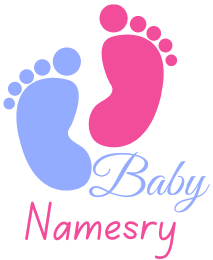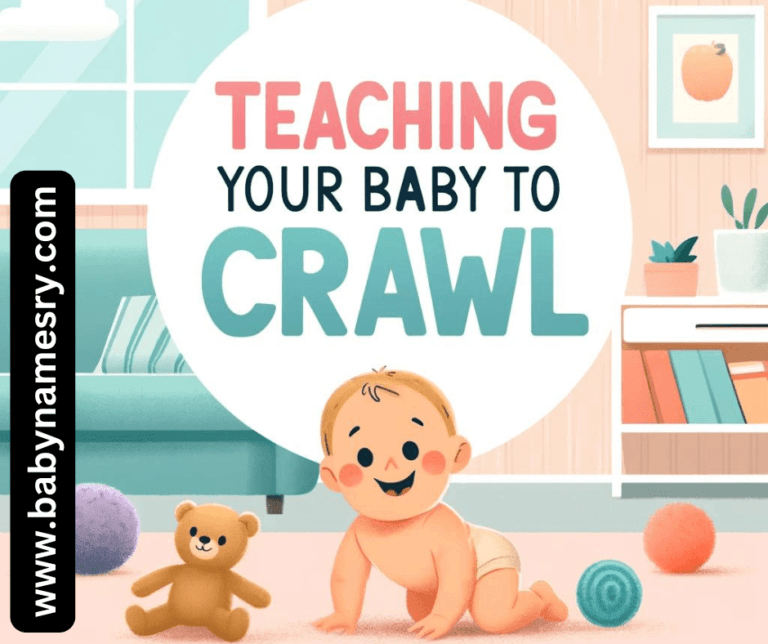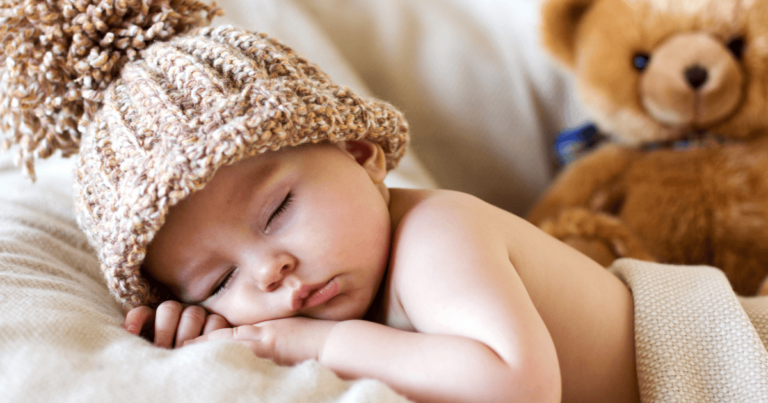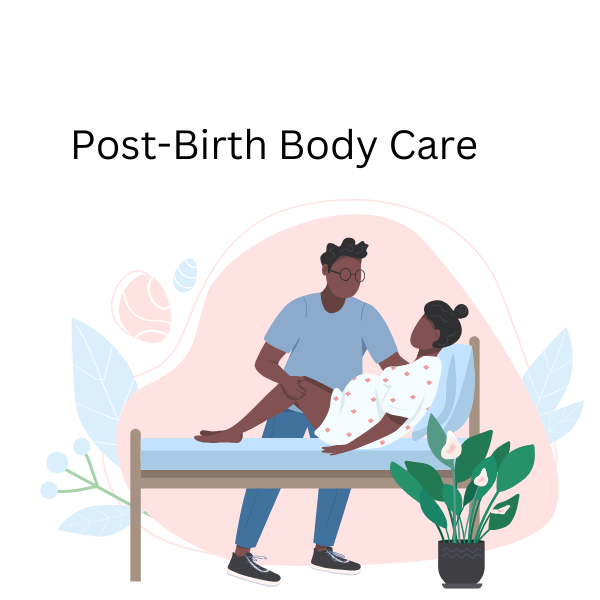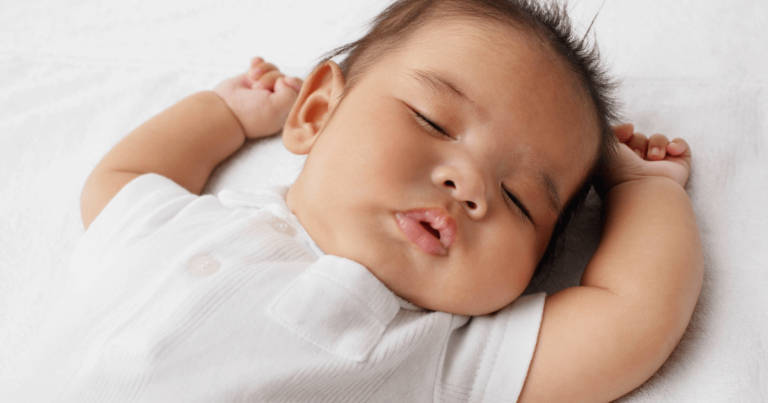How to Store Baby Clothes: 2025 Guide

Wondering how to store baby clothes? You have just landed to the right place.
Baby clothes are some of the cutest items you’ll ever own, but they can quickly take over your home if you don’t have a system in place. With your little one growing so fast, it can feel like you’re constantly buying new outfits while trying to figure out what to do with the ones they’ve already outgrown. Properly storing baby clothes is not just about organization, it’s also about keeping those tiny outfits in good condition for future use—whether for the next child, to donate, or even to pass down as heirlooms.
This guide will walk you through everything you need to know about storing baby clothes, with simple, step-by-step advice. By the end, you’ll have a foolproof system that will keep your baby’s clothes organized, protected, and easy to access.
Why Proper Storage is Essential
Before we dive into the how-to’s, let’s talk about why storing baby clothes the right way is so important. Babies grow fast—sometimes it feels like they outgrow outfits after just one wear! If you’re holding onto clothes for a future sibling or planning to donate them, keeping them in good condition is key. Baby clothes are often made of delicate fabrics like cotton and wool, which can easily get damaged if not stored correctly. Dust, moisture, and even pests can ruin clothes that aren’t properly protected. By following a few simple steps, you can keep those little outfits in great shape for years to come.
You May Like: How to Put a Baby to Sleep in 40 Seconds
How to Store Baby Clothes
Step 1: Sort the Clothes
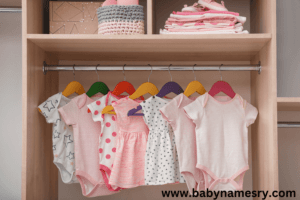
The first step in storing baby clothes is sorting them. This might seem overwhelming, especially if you have piles of clothes lying around, but trust me, it will make everything easier in the long run. Here are a few ways to categorize the clothes:
- By Size: Babies go through clothing sizes quickly. Start by sorting all the clothes into size categories like newborn, 0-3 months, 3-6 months, and so on. This makes it easy to find the right size when your baby grows into it.
- By Season: Separate clothes based on the season—summer and winter outfits should be stored separately. This helps you quickly access the right items when the weather changes.
- By Condition: Some clothes may be in perfect condition, while others might have stains or be worn out. Create separate piles for clothes in good condition and those that need special care or may be better suited for donation or recycling.
Personal Tip: When my baby was born, I had clothes in all different sizes gifted to me. I didn’t organize them right away, and I ended up losing track of what I had. Sorting clothes into sizes right from the start saved me from constantly searching for what fit my baby at the moment.
Step 2: Wash Before Storing
Before storing baby clothes, it’s crucial to wash them. Even if they’re clean, washing them one more time ensures that any lingering stains, oils, or odors don’t settle in. Use a gentle, baby-friendly detergent that’s free of harsh chemicals to protect sensitive fabrics.
Expert Tip: Experts recommend that you always air-dry baby clothes before storing them to prevent mold or mildew from developing. If you have a dryer, use a low-heat setting to keep the fabric soft and prevent shrinkage.
Step 3: Use Vacuum-Sealed Bags for Long-Term Storage
For clothes that won’t be used for a while, like items you’re saving for your next baby or hand-me-downs, vacuum-sealed storage bags are an excellent option. These bags reduce the amount of space the clothes take up by compressing the air out of them. Plus, they keep the clothes protected from dust, moisture, and even pests.
To use them:
- Fold the clothes neatly and place them inside the bag.
- Seal the bag tightly and use a vacuum to remove the air.
- Label the bag with the clothing size and any important details (like the season or type of clothing).
Bonus Tip: You can add a lavender sachet or cedar blocks to the vacuum bags to keep the clothes smelling fresh and to naturally repel moths and other pests.
Step 4: Organize Everyday Clothes with Drawer Dividers
For the clothes your baby is currently wearing, drawer dividers are an absolute game-changer. These handy tools help you neatly organize items like onesies, socks, and bibs so that you can grab what you need without making a mess. You can find adjustable dividers to fit your specific drawer sizes, or even use small baskets to separate items.
Personal Experience: I found drawer dividers to be a lifesaver, especially during middle-of-the-night diaper changes. I could easily grab a fresh onesie or pair of socks without disturbing the entire drawer.
Don’t Miss: Newborn Routines Made Simple
Step 5: Label Storage Containers
If you’re storing clothes for future use, it’s important to label everything. Use clear, airtight plastic bins to protect the clothes, and label each bin by size, season, or even by the type of clothing (e.g., pajamas, onesies, or special occasion outfits).
To label:
- Use a permanent marker or label maker to clearly write the size and season on the bin.
- If you have multiple bins, stack them neatly in a closet or storage area for easy access.
Testimonial: “After my first baby outgrew his clothes, I put everything in clear bins with labels. When my second baby was born, I could just pull out the bin labeled ‘0-3 months’ and had all the clothes I needed. It was a huge time-saver!” — Jessica, mom of two
Step 6: Store Clothes in a Cool, Dry Place
Where you store the baby clothes is just as important as how you store them. Ideally, you want to store them in a cool, dry place that is free from direct sunlight. Sunlight can cause fabrics to fade, and heat or humidity can lead to mold or mildew. If you’re storing clothes in a basement or attic, make sure the space is temperature-controlled to prevent damage.
Step 7: Rotate Clothes Regularly
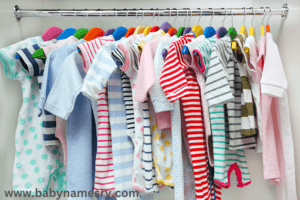
Babies grow fast, and their wardrobe needs will change quickly. Make a habit of rotating their clothes every few months. This means going through their drawers, removing items that no longer fit, and bringing in the next size up. By doing this regularly, you’ll avoid clutter and make sure your baby always has clothes that fit well.
Pro Tip: Keep a donation bin nearby so you can easily toss in any items your baby outgrows. Once the bin is full, you can donate the clothes to a local charity or pass them along to another family.
Step 8: Donate or Repurpose Outgrown Clothes
Once your baby has outgrown an outfit, consider donating it if it’s still in good condition. Many local charities, shelters, or even friends and family members will appreciate gently used baby clothes. If some clothes are too worn to donate, check if your local recycling center accepts textiles, or get creative and repurpose them into cleaning rags or even memory quilts.
Final Thought: Saving a few special items in a memory box can be a heartwarming way to hold onto those early baby days. Whether it’s the outfit they wore home from the hospital or their first onesie, storing a few sentimental pieces can create lasting memories.
You May Like: The Ultimate Guide to Swaddling
Conclusion: You’re Ready to Get Organized!
Storing baby clothes doesn’t have to be a daunting task. By following these steps, you can easily manage your little one’s wardrobe and ensure that all their adorable outfits are well-protected for future use. Whether you’re storing clothes for your next baby, passing them along to family, or saving a few for sentimental reasons, proper storage will keep everything in good condition.
Ready to start organizing? Begin by sorting through your baby’s clothes today, and check out our recommended storage solutions to make the process easier. If you’re looking for more tips on baby organization, take a look at our related articles for expert advice! Happy organizing!
